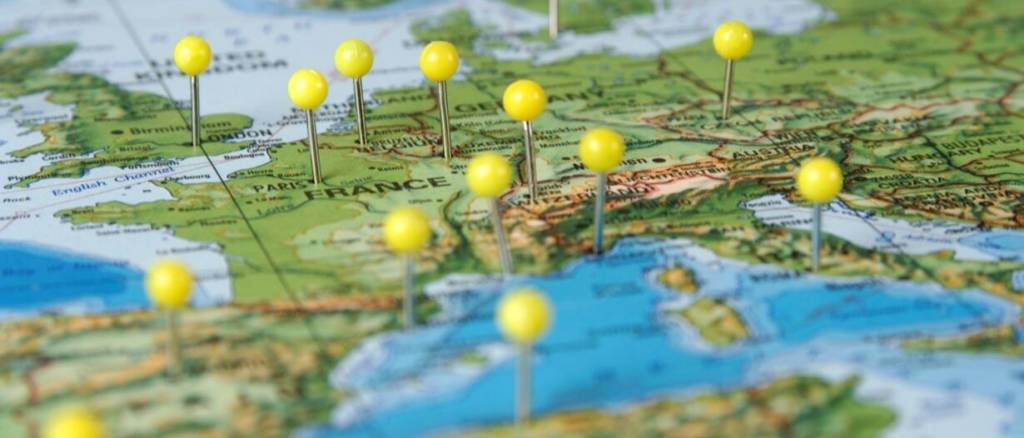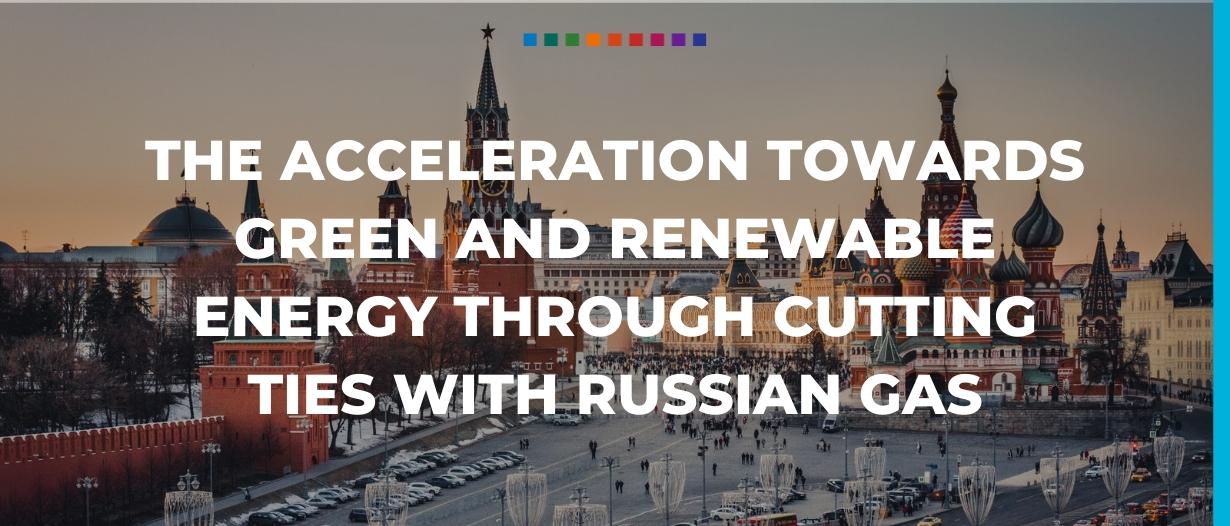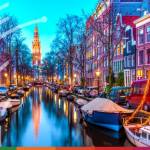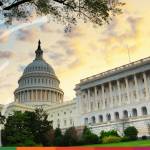Conflict with Russia has created a multitude of substantial repercussions for economies around the world, not least an ongoing disruption within the global energy market.
Energy-related consequences of Russian sanctions enacted earlier this year have been most keenly felt within Europe, which, as a whole, imports 37.5% of its natural gas from Russia.
However, it is European member states specifically, that have taken the hardest hit from the EU’s measures.
Being the largest consumers of Russian natural gas, importing 155 billion cubic metres in 2021 alone, expectedly, there has been some natural growing pains in consequence of these developments.
Nevertheless, recently introduced policies have underlined alternative options to Russian gas such as the lowering of energy consumption, the diversification of suppliers and Liquified Natural Gas (LNG) fuel.
The timeline of events initiated to deal with reduced Russian gas access is detailed below.

IEA 10-point plan to reduce reliance on Russian natural gas
Back on March 3rd, 2022, the International Energy Agency (IEA) issued a 10-point plan to aid in the EU’s transition toward green energy.
The proposal boasted grand prospects of reducing Russian gas imports by more than a third within a year, implementing measures consistent with the European Green Deal; further assurances such as support for energy security and affordability were listed by IEA’s Executive Director, Fatih Birol.
Key actions recommended in the plan included no new gas supply contracts with Russia, the replacement of Russian supplies with other sources and the boosting of energy efficiency measures in homes and businesses.
Faster deployment of wind and solar projects, as well as utilisation of existing low-emission energy sources, were given as other suggestions.
REPowerEU as a stepping stone to a greener future
Fast forward to May 18th, 2022, The REPowerEU initiative was presented by the European Commission.
Its goal, a reduction in Russian gas dependence, was outlined within the comprehensive policy package.
Energy saving was emphasised as the quickest and cheapest way to remedy the current crisis. It was calculated that even short-term behavioural changes of individuals within member states could cut gas and oil demand by 5%.
In addition, the diversification of supplies and support of international partners were outlined within the plan.
In this regard, the EU’s recent securements of record-level LNG, a cost-competitive and cleaner transport fuel, proved an encouraging development in the Commission’s strategy.
Additionally, the newly created EU Energy Platform will be able to facilitate the purchase of such LNG, as well as hydrogen, through a pooling demand system. This will help to optimise the market and broaden outreach.
Unsurprisingly, the aim to reduce coal, oil and natural gas from industrial processes was also identified as an important factor.
Success in decreasing fossil fuel consumption was named possible through fuel substitution, electrification, and higher uptake in renewable hydrogen.
It is thought that these alternatives will be able to save up to 35 billion cubic metres (bcm) of natural gas by 2030.
Contemporary moves toward renewable energy implementation: a German case study
There have been clear repercussions to the partial cutoff of natural gas exports from Russia.
Overall, European member states have faced a 60 per cent drop in Russian gas deliveries since June 2021.
Gas shortages have instigated higher fuel prices, inciting knock-on effects in other sectors and impacting economic stability.
There does seem to be light at the end of the tunnel, however.
On 16 August 2022, Germany successfully signed a memorandum of understanding (MoU) safeguarding the supply of two floating LNG gas terminals.
The two Floating Storage and Regasification Units (FSRU) will be based in Wilhelmshaven and Brunsbuettel. The expectation is that they will be fully supplied by this winter through to March 2024.
According to Enerdata, this will allow Germany to receive up to 12.5bcm of LNG a year, or about 13% of the country’s gas demand in 2021.
In light of this statistic, there is room to assume that further LNG gas terminals will be introduced within Europe down the line.

The fate of renewable energy in Europe
It is unclear how the energy industry will fare in the short term.
It seems that, on a national level, responses to the imminent gas shortages have been varied. The UK, for example, is about to receive liquefied natural gas from Australia for the first time in at least six years.
With the LNG tanker Attalos on its way to the UK, it is clear that some lateral thinking was employed to make ends meet.
However, measures such as the 10-step plan, REPowerEU, and the adoption of LNG gas terminals show the EU’s active shift toward renewable energy.
Given these policies’ predictions, the long-term rewards seem to ensure a more sustainable industry.





























